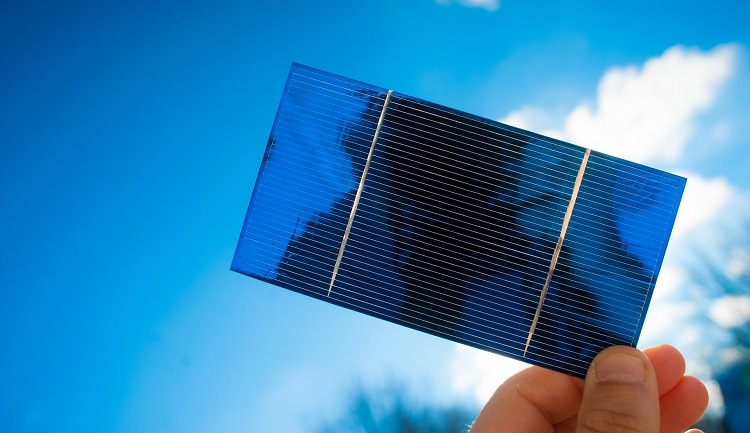A wave of scientific breakthroughs is going to make solar energy cheaper than energy generated from fossils

Human pollution such as burning fossil fuels has been causing global environmental change for decades. Climate change impacts leave us no time to hesitate before taking urgent actions towards a more sustainable life. Going solar can be one of these actions.
Luckily, scientists all over the world work on new materials that are going to make solar panels cheaper and more efficient. Australian and Chinese engineers experiment with a crystalline structure perovskite. Though being rather promising, this material is also very fragile. That is why it is planned to be used in tandem with silicon panels, which are more durable.
Silicon-based PV elements normally generate between 16 and 20 percent. The highest efficiency monocrystalline solar panels are produced by SunPower, it’s efficiency reaches 22.8 percent (that is why we prefer using SunPower cells for our smart blinds.)
According to the researchers, the efficiency limit that silicon panels can reach is not more than 29 percent. Theoretically, solar panels made of perovskite could reach record-breaking 35 percent efficiency.
Unlike silicon, the production of perovskite panels does not require special laboratory facilities. It is performed using a solution-based processing method or, simply said, by mixing the components in one step. Silicon cells are produced in several stages under vacuum in high temperatures, which makes this process quite expensive and time-consuming.
The International Renewable Energy Agency has recognized perovskite to be one of the most promising materials for solar cells due to its light-absorbing properties and simplified manufacture.
Meanwhile, American researchers are working on improving the production of solar cells with high-pressure argon gas, which was used to incorporate arsenic into cadmium telluride, a traditional key component of PV panels. This technique allows to lower the production cost and increase solar cells’ efficiency. This breakthrough was published in the Journal of Crystal Growth.
Apart from making important achievements in developing more efficient and less expensive solar panels, scientists are also working on creating batteries of the future. Researchers from Australia have developed a Lithium-sulphur battery that is able to outperform Li-ion. The new battery technology will last longer, charge in seconds, power over-the-air, and have a lower environmental impact.
Will that affect the price?
While the recent breakthroughs in solar technology will presumably make renewable energy cheaper for solar power companies, the impact on the private sector will be rather modest. PV cell production cost makes a very small share of the cost of solar stations for homeowners. But with the cost of oil rising, it is just a matter of time before solar power becomes cheaper than fossil fuels.